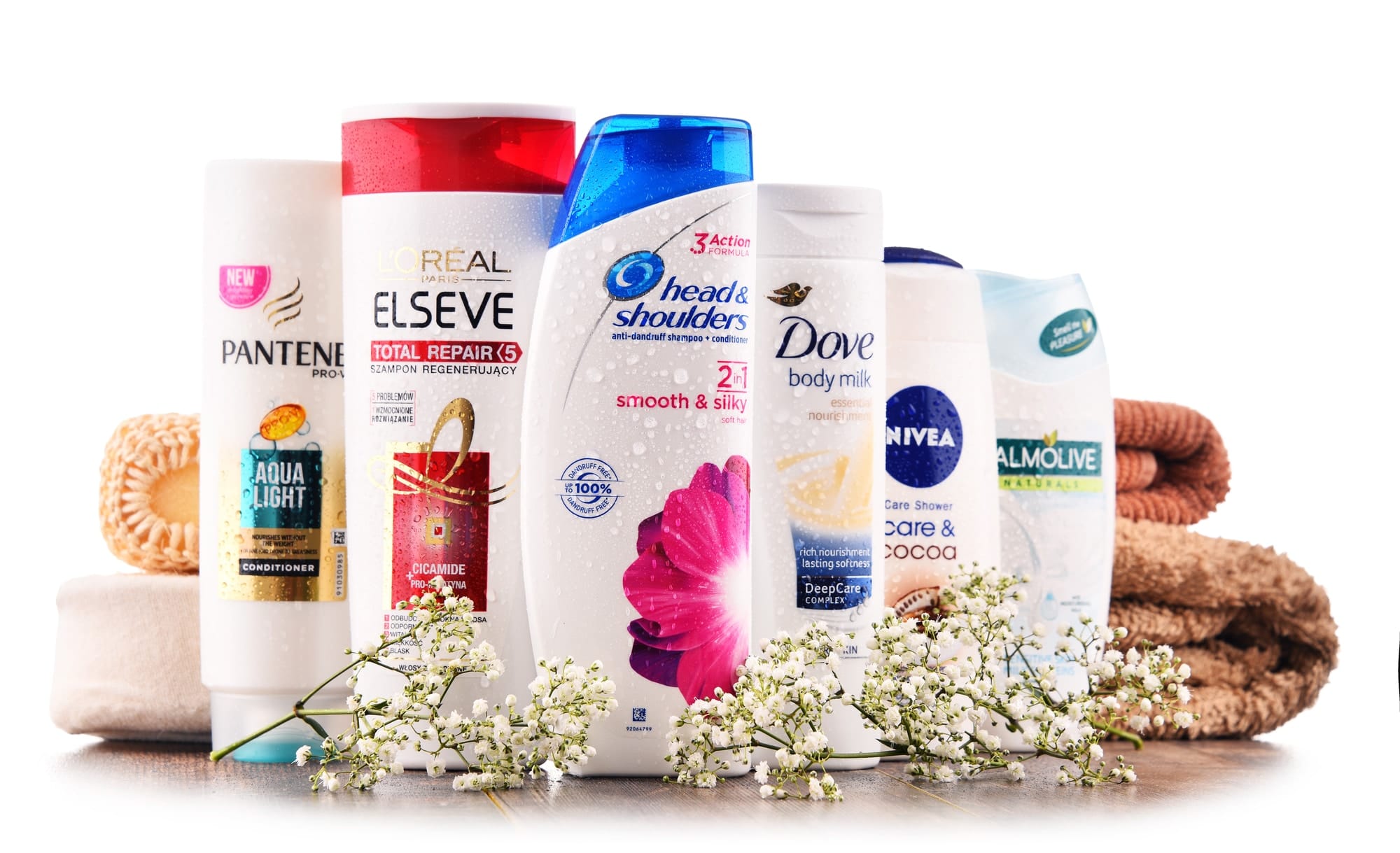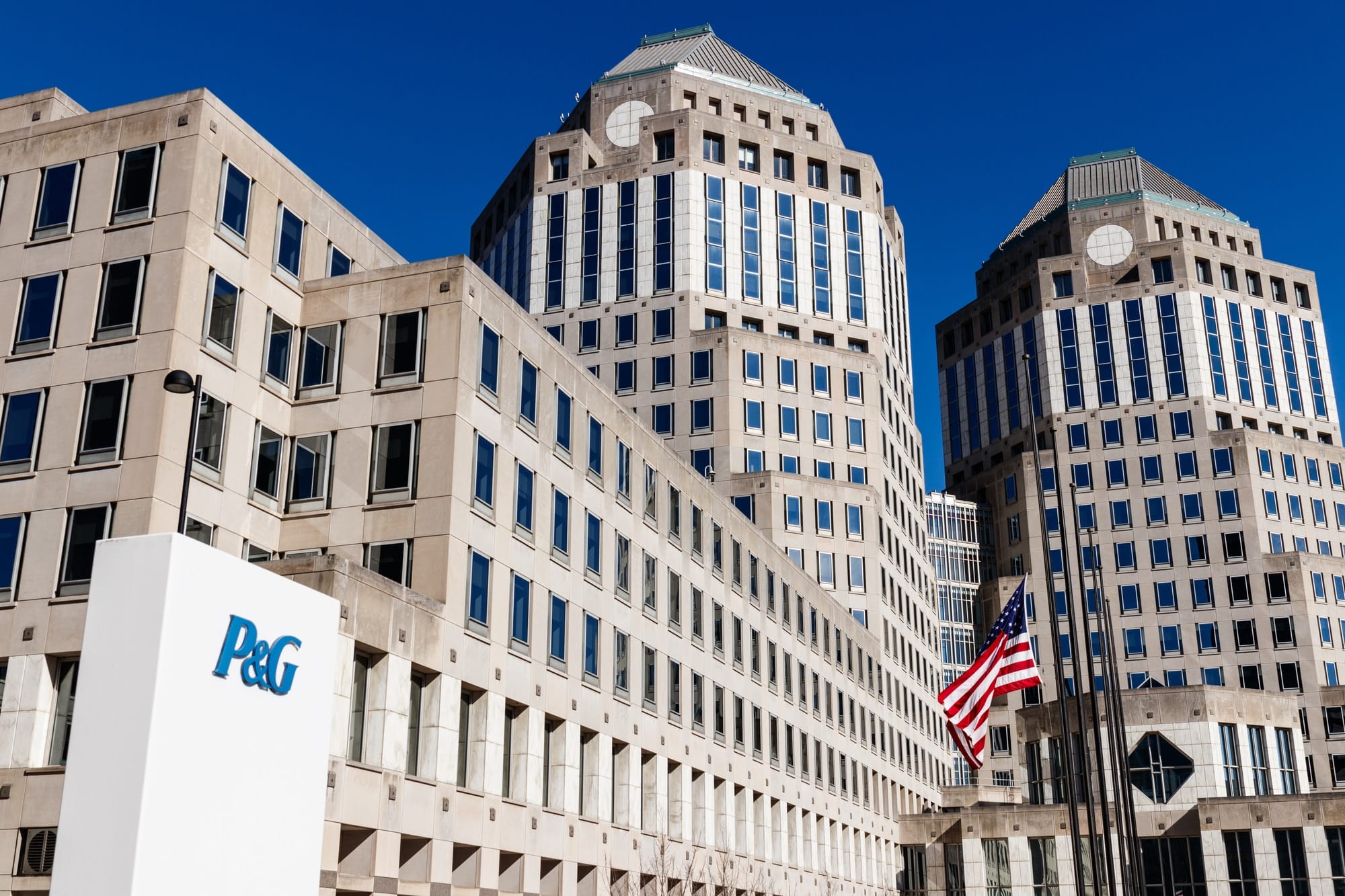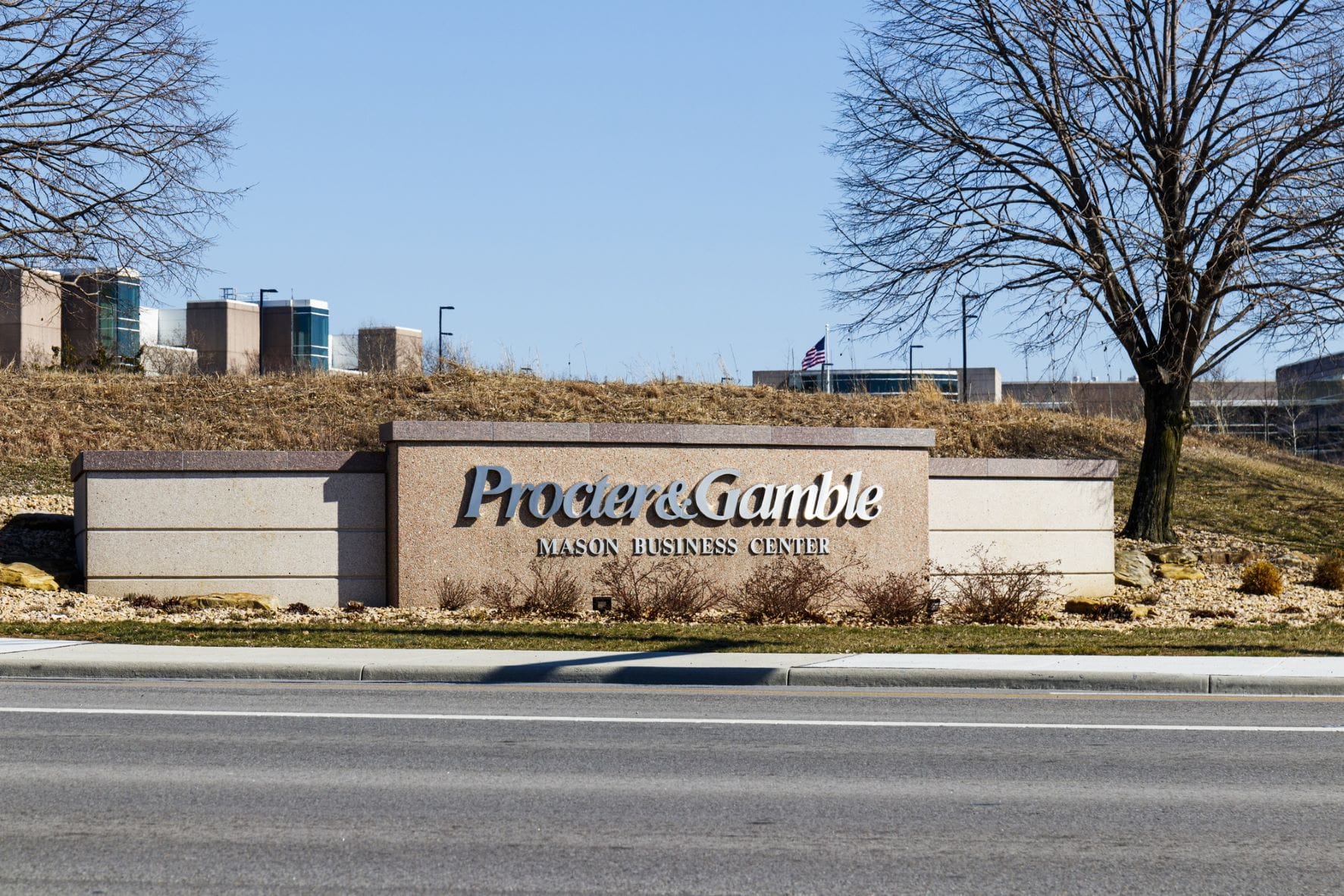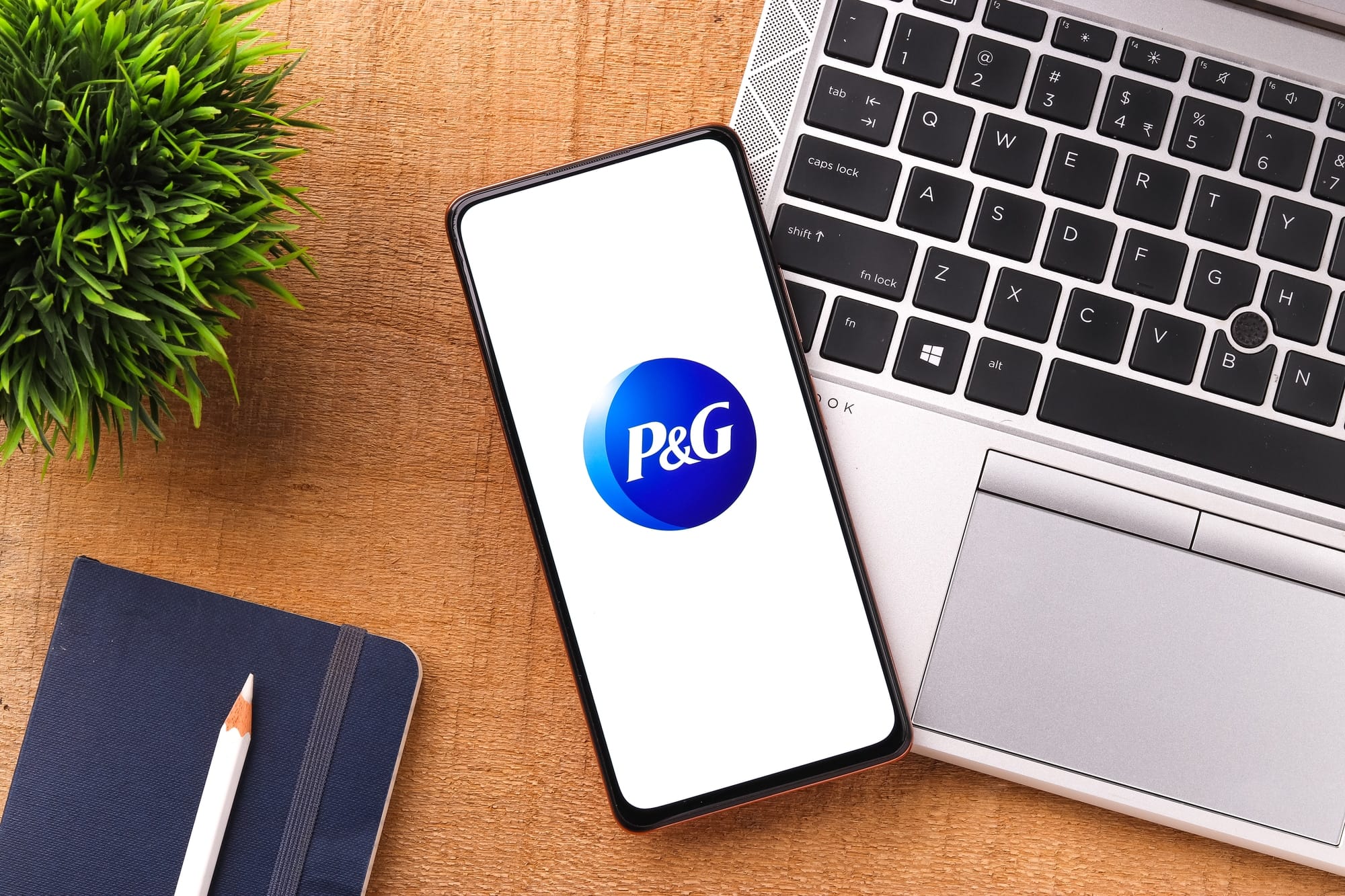Walking in a grocery store while buying things for personal use, have you ever wondered what this P&G logo on every other product stands for? Well today, we'll be solving one of the biggest mysteries of your life.
With the help of this article, we will tell you what this P&G logo means so that next time you see it, you know why it is up there.
P&G is one of the biggest fast-moving consumer goods companies (FMCG). For example, almost every grocery store across the globe contains products of P&G.
A strong global reach and broad customer base make P&G unique and interesting. This is why we have decided to conduct a P&G SWOT Analysis, to go hand in hand with our PESTLE analysis of Procter and Gamble.
P&G is a fast-moving consumer goods company. It has an extensive range of products starting from bay care, fabric care, health care, home care, etc. P&G has a diversified portfolio since it offers almost every type of fast-moving consumer product.
You guys must be thinking about why it is called P&G; well the name of the company itself originated from the names of its founding fathers.
The history of P&G tells us that back in 1837, two guys from Cincinnati, one named William Procter and the other named James Gamble, joined hands to start a company. Procter had a candle-making business, and Gamble used to make soaps. So initially, candles and soap were the two products that Procter and Gamble (P&G) made.
The business was doing okay until the civil war started. After that, everything changed for P&G. During the civil war, P&G signed deals to supply candles and soaps to the soldiers. This was the breakthrough P&G needed; after that, the company continued to expand its operations first in the US and then abroad.
After nearly a century, the light bulb was invented in the 1920s. That's when P&G felt the need to diversify its products since the demand for one of its main products, candles, was now reducing.
From there onwards, P&G brought different household products into its product line. Currently, P&G has a very diversified portfolio. More than 65 brands under 10 different categories operate under the name of P&G.
P&G is among those very few companies with such a broad customer base. P&G products are sold in more than 180 countries, and around 5 billion people use its products across the globe.
P&G is considered among the top fast-moving consumer goods companies. In 2021, It managed to generate revenue of $76.12 billion, and currently, it has 101,000 workers employed worldwide.
Since P&G has become a household name over the years, we decided to conduct a P&G SWOT Analysis.
This SWOT template will tell us about P&G's strengths, weaknesses, opportunities, and threats that P&G faces. However, before we start with the SWOT analysis, look at some of the examples of SWOT analysis to get an idea.
P&G Strengths

Strengths are the positive things that a company has that help it grow and increase its market share. Strengths provide a solid base for the organization to compete in the market.
Let's look at some of the strengths of P&G that have helped it survive in the fast-moving consumer goods market for 184 years.
Global Operations
If we look at any big brand, they all operate globally. So, therefore, to increase market share and generate revenue, any brand needs to expand its operation worldwide.
Similarly, P&G, a company that initially started in a small town in the US, Cincinnati, has now spread its operations in more than 180 countries. Currently, P&G owns more than 35 manufacturing plants across the globe that ensure enough products are produced to meet the demand of its 5 billion consumers.
Brand Equity
The power of P&G lies in the value of the brands it owns. Many of its brands are considered market leaders in their respective industries. For example, Pampers is one of its leading brands for baby products. Gillette is the leader in razors. Duracell, Pantene, and Olay are leaders in their respective categories.
All these brands mentioned above generate more than $1 billion in revenue each year, which adds to the value of P&G.
Strong R&D
P&G is a very well-known company with several innovative products in the market. In addition, it is known for being one of the largest consumer product companies in the world. P&G's products are pretty unique, as they are not conventional; this is one of the reasons why consumers love buying their products.
P&G has been able to remain ahead of other companies by putting its top-quality R&D to work, which has allowed it to bring several new products to the market that people really love. From 2017 to 2021, P&G has spent $1.876 billion on R&D on average.
The reason why this company has a great bottom line is that its products are ingenious and innovative.
P&G Weaknesses
One of the most essential steps in making your strengths shine is knowing what holds back your progress. Unfortunately, where organizations have strengths, they also possess some weaknesses.
With this in mind, we compiled comprehensive information on each area and have listed the weaknesses that hinder P&G from reaching its goals.
Losses Incurred Due to Closing of Brands
Previously P&G had an extensive portfolio of brands, but it narrowed its focus to 65 brands that generated 95% of the profit. However, with this move, P&G also incurred a loss because it invested a lot in developing the other more than 90 brands that were closed.
P&G worked on developing the remaining brands, and within no time, they gained popularity. This decision to dump more than half of its brands damaged P&G financially. Still, it was necessary to give the company an edge over other competing companies.
Regular Changes Needed In Personal and Beauty Products
Firms face the constant challenge of meeting consumer demand in the beauty and personal care products markets. The beauty and personal care products market is a very dynamic market, requiring regular changes to meet the consumer's needs.
P&G has a list of brands that offer personal and beauty products. To operate in the personal and beauty product industry, P&G must meet consumer demands through continuous innovation. This requires huge sums of money, and as a result, thin profit margins will be witnessed.
Slow Decision Making
As all of us know, the world is moving extremely fast. Due to this fact, many companies are yet to adjust their way of doing business. As P&G has grown from a small company to a multinational corporation, there are a lot of decisions and projects to be managed.
The Decision-making process in the organization is slow, as stated by the CEO of P&G, so it takes time to make decisions that may affect many strategic business units and portfolios.
P&G Opportunities

An opportunity is something that has the potential to help a business grow. They account for chances available to an organization currently or in the future that will benefit the organization.
The letter O in the acronym SWOT analysis refers to the opportunities that lie ahead of any organization. This section will highlight the opportunities that lie for P&G.
Exploring Underdeveloped Markets
Although P&G has access to some of the major overseas markets, still some undeveloped and developing markets aren't tapped by P&G properly.
P&G can gain more profit by focusing on overseas markets. Over the years, underdeveloped and developing economies have experienced increased purchasing power. As a result, targeting these untapped markets can help P&G generate more revenue.
Acquisitions
To increase its market share, P&G can acquire some of the big names in the fast-moving consumer goods industry. In addition, P&G can acquire companies with good distribution channels and diversified products.
By doing so, P&G can reduce its competition. This will save all the money spent on marketing to overtake the competitors. It'll also increase P&G's revenue since the company acquired would already have a consumer base.
Opportunity to Grow
P&G's competitors are growing by offering new products that meet consumer preferences, while P&G has been slow to reply to the challenge. P&G's old-fashioned brands, such as Gillette, have been damaged through new brands such as Dollar shaving club.
P&G can give its competitor a tough time by launching new products or stepping up its marketing efforts. By doing so, P&G can improve its growth and ensure stability in the future.
P&G Threats

Every organization faces threats from the external environment. The letter T in the acronym "SWOT" stands for threats an organization faces. In this section, we will discuss the threats faced by P&G.
Tough Competition
P&G has to face tough competition from companies such as Unilever. This is because Unilever offers similar products to what P&G offers. Currently, Unilever generates less revenue than P&G, but as time passes by, its revenue is increasing.
Such competitors pose a threat to P&G since they have the potential to take over P&G in terms of sales and revenue. If P&G's competitors continue to grow, P&G's market share can decrease over time.
Russia-Ukraine War
As we have seen, the Russian invasion of Ukraine has created a lot of problems for companies all over the world, and P&G is no exception. Recently, P&G announced that it would discontinue all its advertising and promotional activities and reduce its product portfolio in Russia.
This decrease in P&G's operation in Russia will lead to a drop in sales of P&G products in Russia. This will have an adverse effect on the revenue of P&G.
Recession
After the pandemic, the world observed severe post-pandemic effects on the economy. We all saw a rise in inflation worldwide as the economies continued to open up. At the same time, the Russian-Ukraine conflict started due to which more inflation and reduced economic activity were observed.
Due to all these unfortunate incidents, it is predicted that a global recession is about to take place. This recession is considered a threat by P&G since a recession will decrease people's buying power, directly resulting in lower sales of P&G products, and losses will be incurred to the company.
Final Thoughts on the P&G Swot Analysis

In the end, we will summarise all the things that we discussed in this article for you. So basically, we started off by discussing the history of P&G. We got to know what P&G means and how it started.
Then we learned how P&G availed the opportunity to expand during the civil war and increase its sales. After that, we discussed the current position of P&G in the market. As a result, we learned that P&G is among the top fast-moving consumer goods companies.
We then proceeded to the P&G SWOT analysis. In this SWOT analysis, we discussed internal and external factors that impact the growth of P&G. Internal factors included strengths and weaknesses that P&G possesses, while external factors accounted for opportunities and threats.
In this article, we conducted P&G's SWOT analysis in the form of an essay. However, the findings of this SWOT analysis can also be represented in the form of a SWOT Matrix. This would be a more efficient and straightforward way to express the SWOT analysis findings. Since we have reached the end of this article, we will assume that now you know the internal and external factors that impact P&G. Along with that, we will also assume that now you know how to conduct a SWOT analysis by yourself.









